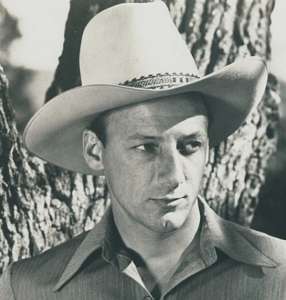REVIEW POTPOURRI – Actress: Lee Grant
 by Peter Cates
by Peter Cates
Lee Grant
On the basis of three different roles, I currently find Lee Grant, still alive and very sharp in her late 90s, my favorite character actress.
The emotional nuance, strength, vulnerability, anger, calm before the storm, joy, love, maturity, chaos, decorum-every ounce of one’s humanity – is channeled from her very inner self with phenomenal discipline and authenticity into the trio of characters mentioned below:
The 1964 Fugitive episode Taps for a Dead War presented Miss Grant as Millie Hallop, a widow who owns a diner, and lives with her teenage son and brother-in-law, the latter with serious PTSD issues of his own as a Korean War veteran who was grossly disfigured by an explosion from a hand grenade tossed at him by an enemy soldier.
Meanwhile Millie is stressed out by everything that could stress out a widow raising a son, running a diner, dealing with an emotionally fractured brother-in-law and experiencing her own issues of harrowing loneliness with minimal help from the people around her.
Lee Grant has spoken of how she would draw on her own life experiences of loneliness, anxiety and anger to pour into her character roles. This statement verifies her rightfully celebrated ability to convey being on the brink of some unpredictable explosion resulting from the loneliness, anxiety and anger. When her brother-in-law, portrayed by the also very gifted Tim O’Connor, brings home the Fugitive title character Richard Kimble, whom he recognizes as a war-time buddy, Millie very quietly tells Kimble to leave immediately and never ever show his face at the diner again. The look of sulphuric rage in her eyes was honed to a precisely outstanding degree.
The 1967 Oscar winning In the Heat of the Night featured her as a grief-stricken widow Leslie Colbert who spasmodically flings her hands in the air when she is informed by Sidney Poitier’s Virgil Tibbs of her husband’s murder. At that moment, one is not sure if Mrs. Colbert is going to slap Tibbs or sob uncontrollably.
In a 1970 Columbo episode, Ransom for a Dead Man, she portrayed a murderess Leslie Williams who shoots her husband cold-bloodedly yet elicits a bizarre sympathy as she charmingly interacts with Peter Falk’s socially inept but phenomenally shrewd detective with his “Just one more thing” and “Thank you very much!”; and guardedly with a very suspicious stepdaughter. If I didn’t know any better, I would have rooted for her to get away with the murder.
One very memorable scene is when Leslie, being a licensed pilot of small aircraft, takes Columbo for a daredevil ride in her own plane and she is beautifully dressed and wearing designer sunglasses.
Born Lyova Haskell Rosenthal, in New York City, to parents who were Jewish immigrants from Poland and Russia, Lee Grant caught the stage bug very early in childhood and her Wikipedia biography gives an interesting account of her career with its setbacks and successes.
She was nominated for the Oscar best supporting actress award in 1951’s Detective Story in which she played a shoplifter; was named best actress at the 1952 Cannes Film Festival; but then blacklisted as a communist from 1952 to 1964 because, even though she was never a communist herself nor was ever interested in its ideology, her first husband and scriptwriter Arnold Manoff was a communist and she wouldn’t testify against him. During the 12 years, she was ekeing out a living through a few stage and TV roles and teaching to support herself and her daughter, actress Dinah Manoff.
In her 2014 autobiography, I Said Yes to Everything, she writes :
“Dinah was my grail, my constant; nothing and no one could get between us. Dinah, and my need to support her financially, morally, viscerally, and my rage at those who had taken twelve working, acting years from my life were what motivated me.”
More about Lee Grant can also be accessed via YouTube, etc.



















